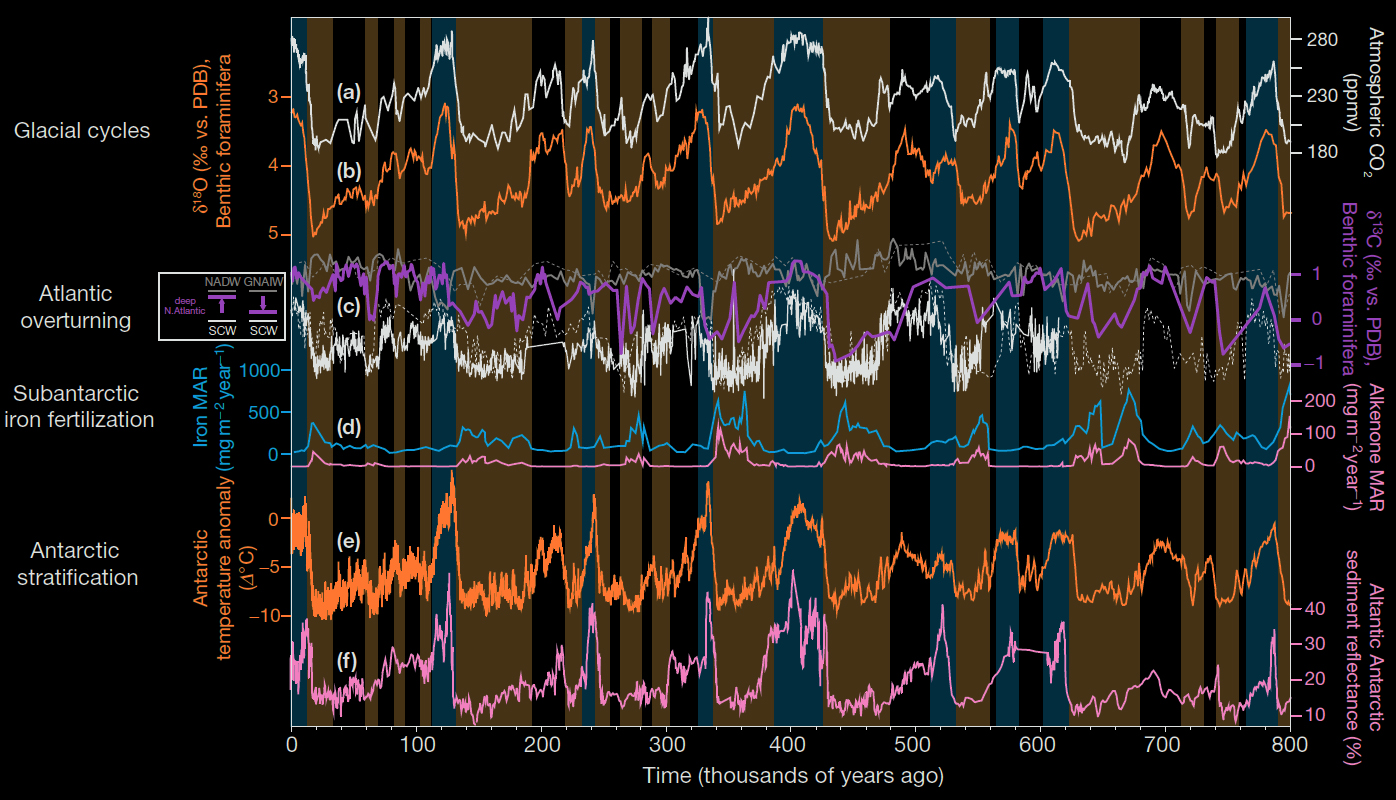Domestication of plants and animals is a key transformation in recent Human evolutionary history leading to sedentary farming societies. Domestication of Maize particularly followed a different trajectory from the agricultural crops of the old world. This HHMI documentary tells how the ancestral wild grass called Teosinte was domesticated to evolve into Maize.
In the old world, most domesticated grasses had a surprisingly similar “first step” that paved the way towards agriculture. In old world grasses including rice, wheat, barley and sorghum harvestability was the first unintentional selective step. Today if a combine harvester is able to collect crops with minimal losses that is because our ancestors tamed this character first.
Selection of non-shattering seeds was the first trait of domestication. Plants with non-shattering seeds enabled efficient use of a cutting device such as a sickle. These plants cannot survive in the wild unless separated from the mother plant manually by Humans. In Maize however this first step wasn’t about shattering vs. non-shattering. Then what was it that made the tough seemingly inedible wild kernels of Teosinte attractive to first American hunter gatherers? A hypothesis is given towards the end of the documentary (which is also hinted in the title…) 🙂
Domesticated plants differ from their wild ancestors in distinct ways that can be categorized under a term called as the domestication syndrome. Domestication syndrome includes reduced shattering of seeds, absence of dormancy (fast and synchronous germination), insensitivity to daytime length, reduced defensive chemicals and altered biomass allocation. On top of these characters artificial selection incorporated additional desirable traits such as sweetness, high calorie or even aesthetic beauty.
In almost all domesticated plants including Maize most domestication traits are controlled by a class of genes called transcription factors. Mutations in transcription factor genes affect expression of other genes in a cascading manner. In the African grass sorghum for example, non-shattering seeds in domesticated variety (Sorghum bicolor) is conferred by a mutation in a transcription factor called WRKY. In the video below sections of the both wild (right) and domesticated (left) Sorghum WRKY transcription factors are shown. Conserved WRKY DNA binding domains are visualized as ball and stick representations on both models. In wild sorghum (S. propinquum) first 144 amino acid is shown in red. In domesticated sorghum this section is deleted due to a mutation that moves the start codon to a later position.
Sorghum bicolor – Sorghum propinquum WRKY Transcription Factor Gene Models from Uzay Sezen on Vimeo.
America was colonized much later than the rest of the World. Excavations in Brazil suggest that Human colonization of America may be as early as 22 thousand years ago and some controversially claim that the date may go back to 100 thousand years. Despite the late start, first Americans domesticated nine of the most important food crops in the world, including corn, tomato, potato, pepper, and beans. As mentioned in the documentary fossilized starch remains belonging to Maize recovered from grinding stones found in the Central Balsas River Valley in Mexico dates back to 8700 years before present.
Food processing does not necessarily confirm agricultural way of life. However, collection of seeds is a necessary prerequisite. The present day farming way of life started roughly 10 thousand years ago almost simultaneously globally during the Neolithic period.
Grinding stones from Mozambique provide evidence for use of grasses in Human diet as far back as 105 thousand years. Perhaps agriculture started much earlier than we think even as early as the middle stone age but had to be abandoned because of fluctuating climate and population size reductions. There is evidence that one of the most advanced Human characteristic the art also appeared and disappeared similarly in multiple flaring episodes during the middle stone age. The climate record going back to 800 thousand years shows at least 16 glaciations and 3 of them happened within the middle paleolithic period.



0 Comments
You can be the first one to leave a comment.